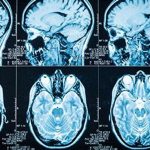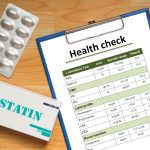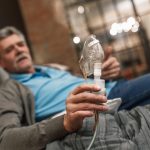
Weight-loss drugs like Wegovy and Ozempic can increase a person’s risk of throwing up during surgery while under anesthesia, a new study reports. People are typically asked to fast prior to surgery because general anesthesia can cause nausea, and they might inhale and choke on their own vomit. Unfortunately, part of the way that these drugs, called GLP-1 receptor agonists, help prompt weight loss is by slowing the digestion process, researchers explained. That means it takes longer for food to pass through the stomach. About 56% of people on a weight-loss drug still had significant amounts of food in their stomach at the time of their surgery, as revealed by ultrasound, researchers reported March 6 in the journal JAMA Surgery. Comparatively, only 19% of people not taking a GLP-1 receptor agonist had food left over in their stomach following preoperative fasting, results showed. “More than half of the patients on a GLP-1 receptor agonist had significant gastric contents on gastric ultrasound before an elective procedure, despite adhering to preoperative fasting,” said lead researcher Dr. Sudipta Sen, an associate professor of anesthesiology with the University of Texas Health Science Center at Houston. These results jibe with guidance issued last year by the American Society of Anesthesiologists that calls for screening for weight-loss drug use before surgery, and informing patients of the risks involved, researchers said. Doctors… read on > read on >


















